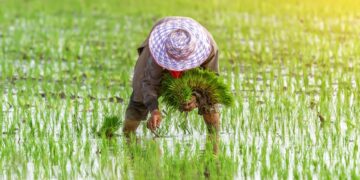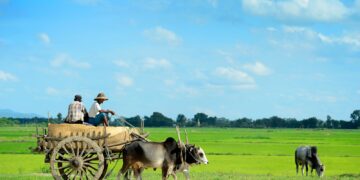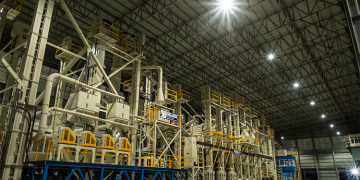The security situation continues to pose concerns for farmers.
This section includes assessments on state of the agrifood system in Myanmar based on the Myanmar Agricultural Performance Survey (MAPS) and key informant phone surveys. MAPS is a nationally and sub-nationally representative phone survey, conducted every 6 months on approximately 5,000 farming households. Assessments in this section will examine input use and input prices, farm management practices, agricultural outputs and output prices, and the impacts of shocks on production. This will be complimented by assessments on key actors in the agrifood systems, such as mechanization service providers, agricultural input retailers, agricultural commodity traders, rice millers and food vendors.
Rice Productivity and Profitability in Myanmar: Assessment of the 2023 Monsoon
The paddy sector has proven resilient in 2023.
Myanmar Agricultural Performance Survey dry season 2023: Agricultural input markets, credit and extension services
Fertilizer use and labor hiring increased, as did wages for casual laborers.
Monitoring the Agri-food System in Myanmar: Rice Millers – August 2023
Rice mills are the major link between farmers and consumers in the rice value chain. Disruptions to rice mills affect both rural rice-producing households and urban consumers. Researchers from the Myanmar Agriculture Policy Support Activity (MAPSA) have been monitoring shocks and business responses of rice millers in Myanmar with a panel phone survey since June […]
Monitoring the Agri-food System in Myanmar: Agricultural Input Retailers – August 2023
To understand the effects of political instability and related shocks on Myanmar’s agricultural input sector, we conducted a phone survey of 187 input retailers throughout the country in August 2023. You can view the full publication here. Key Findings Fertilizer and pesticides were generally more available in 2023 monsoon than in 2022, though seeds were less […]
- « Previous Page
- 1
- 2
- 3
- 4
- 5
- …
- 13
- Next Page »




